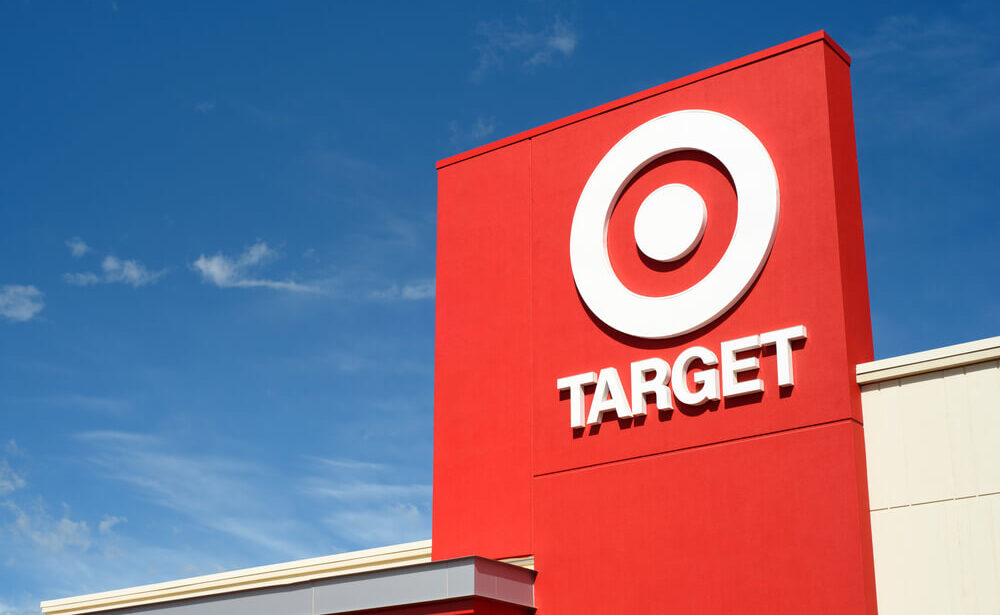With each new round of tariffs and increases on tariffs already in place on Chinese imports, the costs for U.S. consumers are on the rise — so Target is looking for a workaround by passing the costs off to suppliers instead of customers.
Just before the latest round of levies went into effect on Sept. 1, Target sent a letter to its suppliers saying it “will not accept any new cost increases related to tariffs on goods imported from China,” according to a memo signed by Chief Merchandising Officer Mark Tritton.
Target and other retailers had previously warned the Trump administration that customers would be on the hook for higher prices, according to a report in The Wall Street Journal.
“The extent of the tariffs on consumer products suggests that it is likely that the tariffs will lead to price increases on certain items,” Walmart told U.S. Trade Representative Robert Lighthizer in June.
Target made the same case.
“Simply put, additional tariffs on these products will require new families to spend more or make trade-offs about which products they’re able to purchase for their families,” Tritton wrote in a letter to Lighthizer in June.
Big retailers like Target and Walmart that import a lot of goods from China have shown so far they are managing the cost increases and limiting how those increases are passed on to consumers. Target has gone so far as to make clear that its suppliers should absorb the costs and not its shoppers.
“Our expectation is that you will develop the appropriate contingency plans so that we don’t have to pass price increases along to our guests,” Tritton wrote in an August memo that was shared with The Wall Street Journal by a toy importer.
Target says the memo is part of an ongoing conversation with its suppliers about how best to not jack up prices.
“Given the scope of our business and breadth of our assortment, including owned and national brands, we’ve needed to take a number of steps to manage our business accordingly and keep prices low for guests,” a Target spokeswoman said.
Walmart also has been able to keep prices steady for the most part.
“Our goal is to offset as much as we possibly can, either through negotiation or managing mix,” of products available for sale, Chief Merchandising Officer Steve Bratspies said.
The biggest U.S. retailers have more sway with suppliers than smaller chains do when it comes to negotiating to minimize the added costs, and importers can then seek discounts from Chinese manufacturers.
“Retailers that have tried to raise prices to make the tariffs pain go away, some of them have been hurt by their consumers,” National Retail Federation Senior Vice President of Government Relations David French said. “A lot of the smaller retailers have already raised prices — they don’t have a choice.”
The cost of consumer goods so far had been largely kept in check until Sept. 1, when the latest rounds of 15% tariffs on $111 billion worth of imports, including electronics, watches and sporting goods went into effect. On Dec. 15, the tariffs will include another $156 billion worth of imports, including smartphones, toys and video game consoles.
